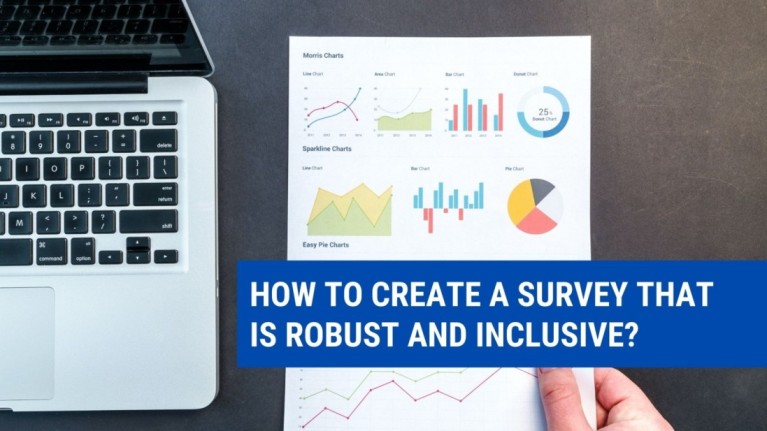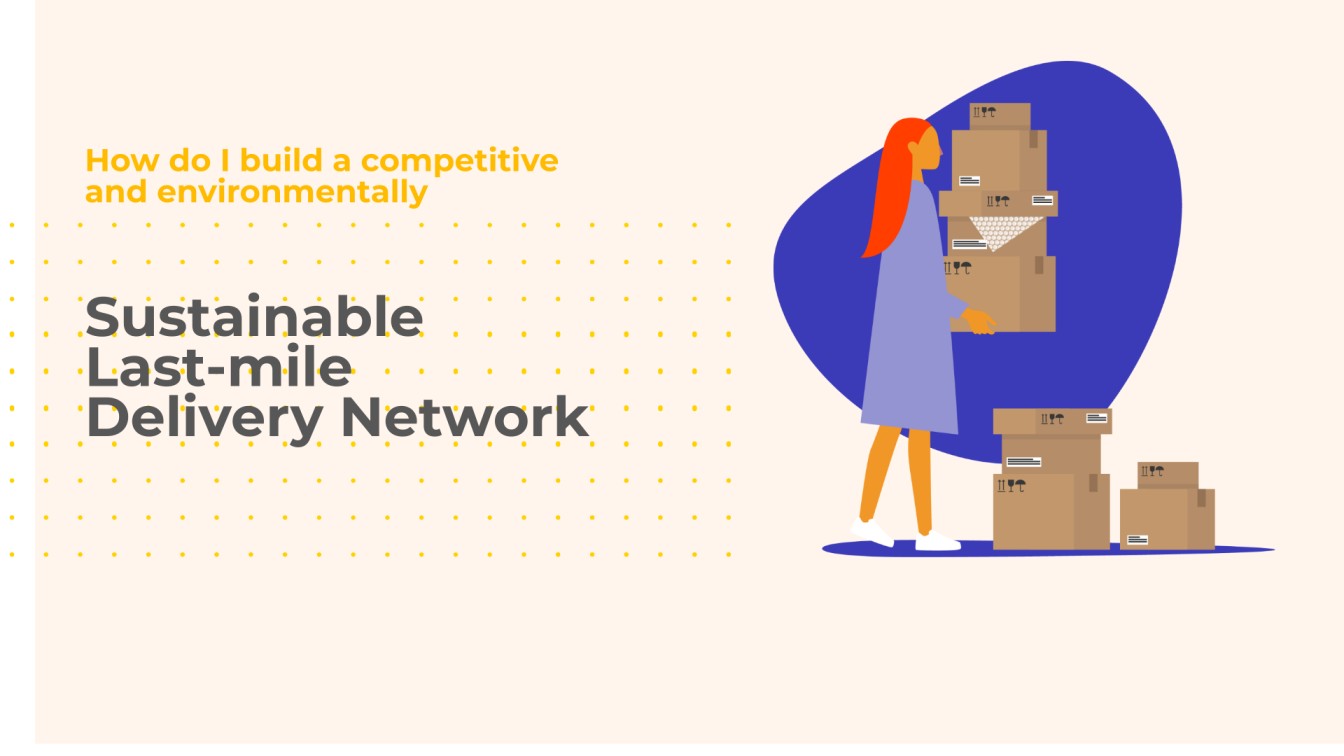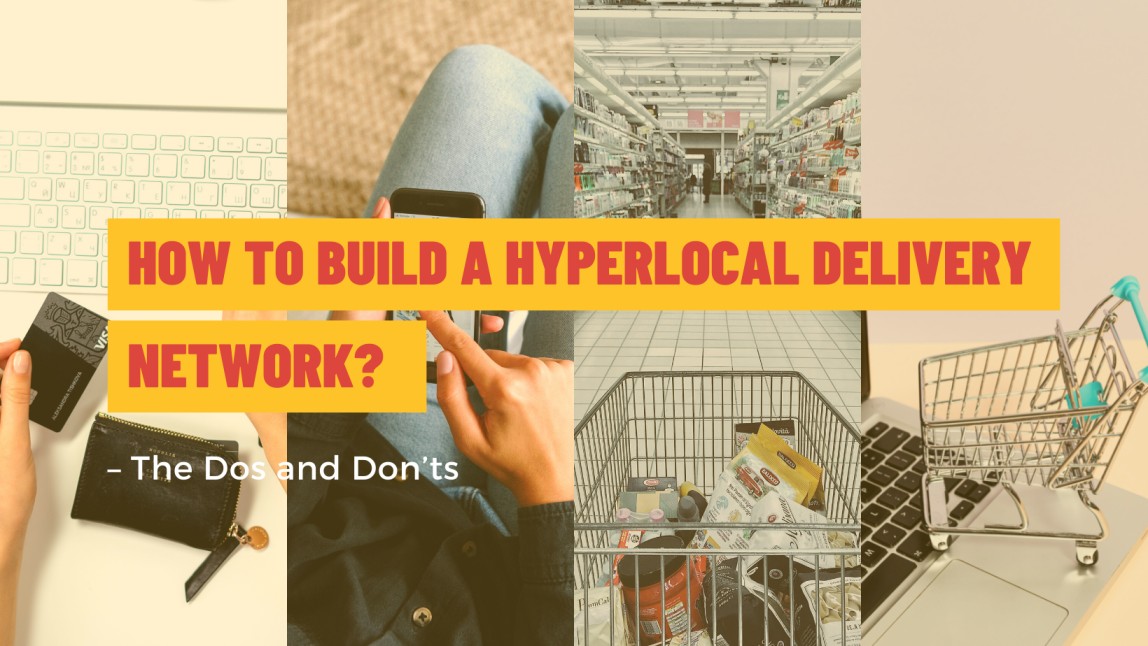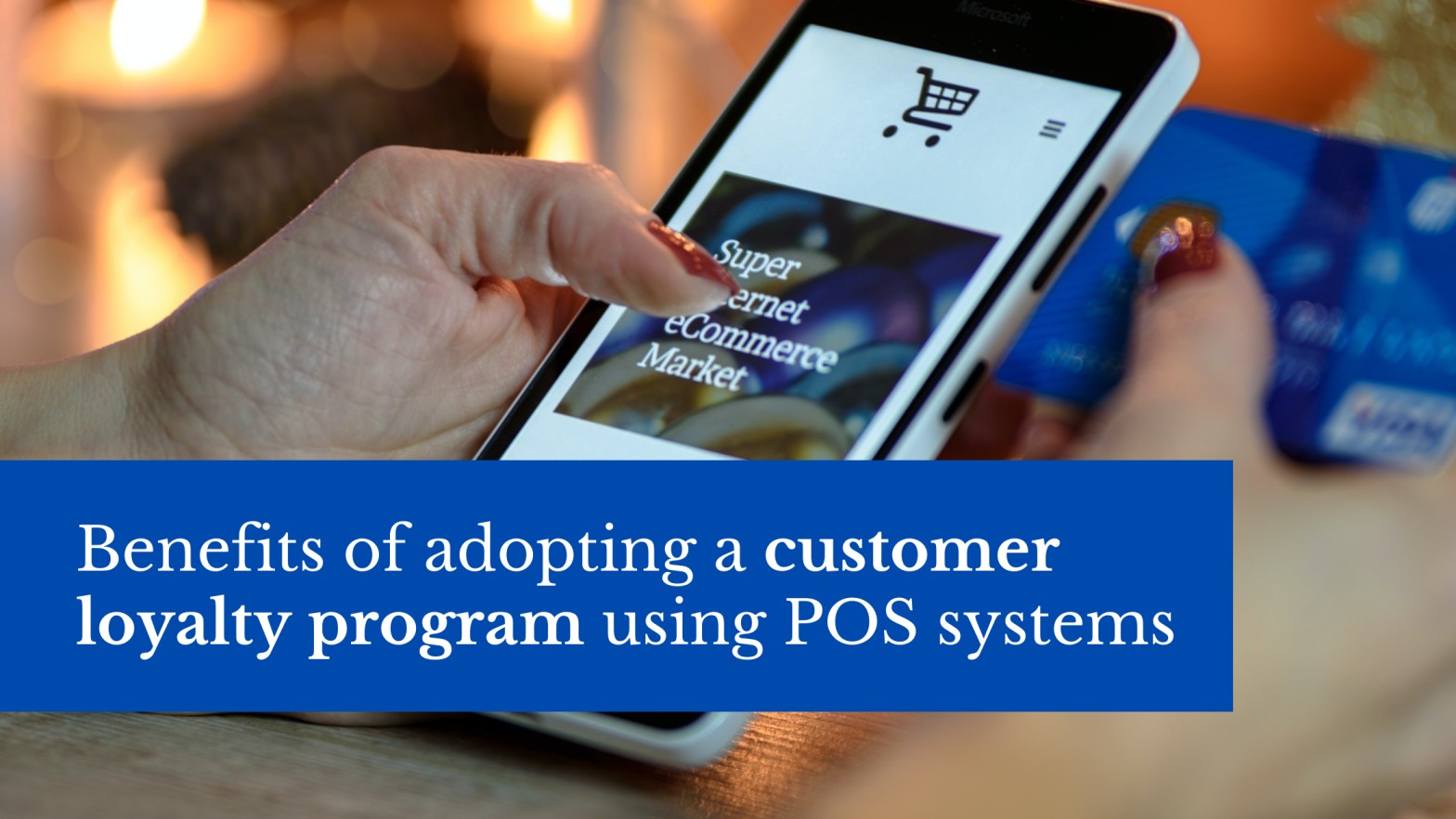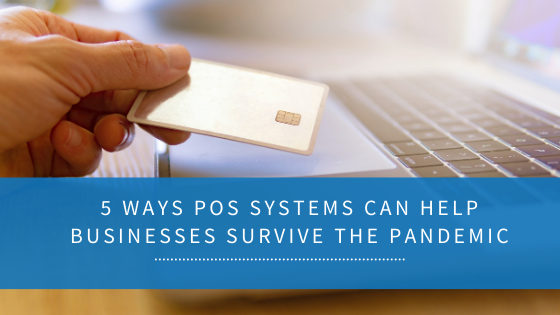
How to create a Survey that is Robust and Inclusive?
- June 1, 2021
- 4:00 am
- survey, survey data collection, surveys
Inclusion is a critical component of creating a diverse workplace and combating systematic inequality across industries. It is also essential for developing more robust surveys.
Table of Contents
How to create an Inclusive Survey?
From their wording to their accessibility, inclusive surveys are built in empathy, respect, and clear goals. When you are cognizant of how you inquire about religion, sexual orientation, and gender identity, or when you evaluate your respondent experience from multiple viewpoints, you develop an inclusive survey.
When you make these kinds of decisions and prioritize inclusiveness, it makes a tremendous difference in the effect of your surveys. You will create the road for deeper data, make respondents feel appreciated, and demonstrate your organization’s dedication to diversity, equity, and inclusion.
Now, how can you ensure that your surveys are inclusive? While there is no set formula but here are some key elements which you should consider:
Consider demographic questions carefully
Demographic questions elicit information about your respondents’ backgrounds, such as their age, gender, sexual orientation, and race. These inquiries can help you gain a better knowledge of your audience, but delving into identities linked to diversity, equity, and inclusion can be uncomfortable.
That does not mean you should not ask these questions; it just means you should know why you are asking them and how you will use the information. Being clear about this will allow you to ask better, more intentional questions.
While many respondents would gladly answer demographic questions, others may be more willing to share that information if they understand why you are asking and how their answers will be used. With a survey beginning that outlines the topic and goal of your survey, you can simply add some context.
For example, A bookshop that asks survey respondents about their ethnicity or religion may get more replies if there is some indication that the information will be used to stock items or create community programming that is relevant to its consumers.
Do not make answering each question mandatory
Nobody enjoys being compelled to answer an uncomfortable question when taking a survey. In fact, according to our study, 27 percent of respondents claim that not being able to skip a question is enough to cause them to abandon a survey. And if many people leave, your results will suffer. You will obtain less data, and what you do obtain will be more likely to be homogeneous and so less valuable. Instead, allow respondents to skip questions. This simple step respects their boundaries, keeps them engaged, and reduces the likelihood of survey weariness.

Target respondents with relevant questions
This enables you to direct respondents to a specific topic or page based on how they react to a survey question. Using this survey feature results in tailored survey experiences in which respondents only see questions that are relevant to them. This is especially useful when creating inclusive surveys.
For example, if a survey asks respondents about their religious affiliation and one respondent selects “Hindu.” If that respondent is subsequently asked about their favorite Christmas tradition or how often they attend church, they may feel that their response is not desired or that they are not the survey’s target demographic. They may even abandon your survey if they encounter irrelevant questions.
You may utilize this tool to personalize their survey experience and ensure that respondents feel valued for their time and answers. Furthermore, this tool will assist you in gaining a deeper understanding of respondents’ backgrounds and experiences, allowing you to create future surveys based on those insights.
Everyday language and wording might accidentally exclude, offend, or marginalize some groups. To avoid this in your surveys, make sure to include inclusive language in your questions. A language that “acknowledges diversity, expresses respect for all people, is sensitive to differences, and encourages equal opportunity” is needed.
Keep accessibility in mind
There are numerous easy but effective steps you can take to make your surveys more accessible to a wider range of people. Make your survey questions simple and succinct to write for accessibility. If there is information that responders can only obtain by looking at a picture, try to incorporate context in the question’s language.
Make use of expert resources
Is there something you would like to ask but do not know how to word? Consulting tools such as the Racial Equity Resource Guide or the Conscious Style Guide can help you double-check your terminology. You can also use ready-to-use questions from MIMO Technologies question bank. We cover a wide range of sensitive themes, such as race and religious affiliation, and they are all written and certified by renowned survey methodologists.
Remember that you and your partners should always preview your survey before sending it, especially if you want to ensure that your wording is objective and respectful. As they review your questions, your colleagues will contribute additional information and views, and they may see something that you will miss.
How can MIMO help create inclusive surveys?
We assist our clients in gaining access to their target respondents and collecting the required data simply and efficiently. MIMO offers multi-lingual surveys across India to help you speak the same language as your target customer.
Now, create and translate personalized surveys into more than 10 languages. Our Survey and Data experts coupled with our tech-enabled platform have ensured successful data collection across various geographies within specified timelines.
Translating surveys for multiple regions is no mean task and with the help of MIMO, you can now align with the needs and wants of a particular region & also avoid any confusion on the part of respondents.
Like this article?
More To Explore

Elevating Internal Audit to Its Maximum Impact
+91 1141182211 Internal audit serves a critical role in ensuring accountability transparency. It is also well suited for enhancing good

Why is Internal Audit Important for Strengthening Banking Organizations?
+91 1141182211 IA procedures are the cornerstone of a robust banking system. They act as a powerful tool for banks

What are the Numerous Advantages of Auditing and Assurance Services?
+91 1141182211 Financial transparency, risk management, and improved internal controls are all crucial aspects of a healthy organization. But how
